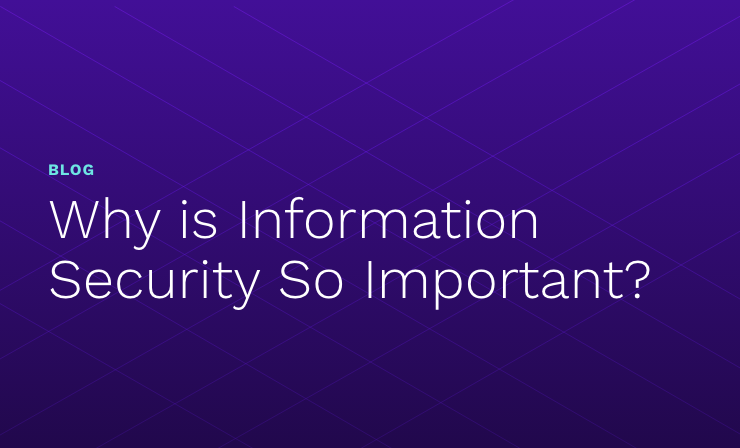- Why Securonix?
- Products
-
- Overview
- 'Bring Your Own' Deployment Models
-
- Products
-
- Solutions
-
- Monitoring the Cloud
- Cloud Security Monitoring
- Gain visibility to detect and respond to cloud threats.
- Amazon Web Services
- Achieve faster response to threats across AWS.
- Google Cloud Platform
- Improve detection and response across GCP.
- Microsoft Azure
- Expand security monitoring across Azure services.
- Microsoft 365
- Benefit from detection and response on Office 365.
-
- Featured Use Case
- Insider Threat
- Monitor and mitigate malicious and negligent users.
- NDR
- Analyze network events to detect and respond to advanced threats.
- EMR Monitoring
- Increase patient data privacy and prevent data snooping.
- MITRE ATT&CK
- Align alerts and analytics to the MITRE ATT&CK framework.
-
- Industries
- Financial Services
- Healthcare
-
- Resources
- Partners
- Company
- Blog
SIEM

Relational databases cannot handle today’s event pipelines
Back in 2018, relational databases were the top of the food chain when it came to data management. Database sizes usually extended to a maximum of around 50 GB and security solutions could afford these databases to provide storage that enabled security operation centers (SOC), which were generally part of the larger data center. This is not true anymore.
As organizations have grown larger, both data volumes and enterprise networks have grown exponentially, necessitating a move to the public cloud to accommodate the scale needed to store and process this information. Along with enabling scale, public cloud services are also providing an ever-increasing array of services that are required to enable modern technology such as AI, DevOps, and continuous integration/continuous delivery (CI/CD).
Supporting requirements such as identity integrations and connectors across multiple enterprise applications adds to the massive amounts of data being transferred. The number of applications that an enterprise leverages today can number in the hundreds, if not more – all of which generate their own logs and security alerts.
This brings in a cascade of events from a variety of sources every day into the SOC, requiring massive storage as well as fast search, operations, and analytics for effective detection and response to cyber threats.
Today’s SOC: Struggling with event explosion
Growing data volumes, regulatory compliance requirements, and long-term security concerns require organizations to collect and store more security data than ever before. Security monitoring is more challenging as the attack surface increases due to digital transformation, bring your own device (BYOD), cloud migration, and other modern infrastructure trends.
There are many reasons why today’s SOC struggles with legacy solutions that hinder their ability to detect and respond to advanced threats. The key challenges include:
- Most mid-market enterprises have daily events in the millions – and large enterprise SOC will need to ingest around a billion events a day. This can be up to terabytes of data each day, an amount that cannot be affordably handled by traditional relational databases because they cannot scale to handle these volumes and retain the same level of performance and operational speed. Relational databases, such as mySQL or SQL Server, provide limited support for consolidated analytics utilizing structured, unstructured, or hybrid data due to architectural limitations. However, this ability is essential for detecting today’s sophisticated threats.
- Analysts need the ability to sift through all these events multiple times each day in order to hunt for and find threats. Slow, day-long search queries are not an option anymore.
There are solutions that overcome these challenges to better arm the SOC to detect and respond to advanced threats. Look for a solution that:
- Is a cloud native, scalable platform that enables faster search with modern, big-data analytics and efficient storage management.
- Detects and scales on-demand instead of statically.
- Keeps infrastructure and storage costs low by allocating resources intelligently to store and process security data.
- Provides secure and privileged access management for users.
- Offers robust data security and granular control over data that is accessed and stored on the cloud.
Securonix Next-Gen SIEM with AWS EMR: What does this bring to your SOC?
The benefits Securonix Next-Gen SIEM offers go beyond the limits of legacy solutions and relational databases.
Cloud Native Operational Benefits
- More efficient resource usage helps you reduce costs and provide scalability for peak activity and test environments through auto scaling and dynamic orchestration.
- Faster searches with improved analytics and management due to the direct AWS platform integration with enhanced AWS S3 access capabilities.
- Secure critical data at a lower cost by using task- and data-based cluster segregation to lower resource use for ad-hoc searches and testing.
SOC Team and Analyst Benefits
- Your security team can now take advantage of real-time threat hunting and faster long-term search by efficiently utilizing AWS EMR and S3 together for storing data that is 12 months or older. Live search and long-term search come together to provide a comprehensive threat hunting capability for SOC analysts.
- Affordably test new security content on production data before implementing using AWS EMR and Securonix Detection Sandbox.
Adopting a truly next-generation, cloud-native SIEM brings the power of the cloud into your SOC, enabling better hunting, better resource utilization, and far fewer hours spent running after false positives and managing infrastructure overload.







